Teens Have Had It
Nationwide Student Walkouts Show We’ve Not Come Far Enough in Addressing Sexual Violence
Sexual assault rates are not going down; they’re going up. In 2019, when I began writing Be Strong, Be Wise, statistics showed there was an assault every 92 seconds in the U.S. Nearly three years later, and in the midst of a pandemic, that number has increased to every 68 seconds.
Notably, the stats remain the same regarding the average age of victims: between eighteen and thirty-four. How, in the midst of a pandemic where social distancing is required, are we going in a worse, not better, direction? And why are the statistics indicating there is a rise in assaults perpetrated by young people?
Teenagers are asking the same question, along with many others. The close of 2021 saw student walkouts take place across the country, as young people demanded that schools take sexual violence seriously, end the pattern of victim blaming that often attends the aftermath of assault, and do better by its students in providing a safe educational environment.
Elena Serpas, a student at Cambridge Rindge and Latin in Boston, was interviewed by Salon magazine. She stated, “It shows that there is a cultural lack of concern for addressing young people’s needs…It all comes back to listening to youth; listening to them, their voices and their needs,” she said. “And when it comes to a topic like sexual assault, that means listening. Really listening.”
Because 80% of assaults involve a known offender, high schools are seeing a rise in the number of assaults taking place between fellow students. Rocio Fabbro, a journalist for Salon reports that:
“According to studies conducted by the Department of Education, sexual assault is most prevalent among adolescents than in any other group. Moreover, schools are reported as the most common location for sexual harassment to occur among this age group. The data also shows that 51% of high school girls and 26% of high school boys have experienced “adolescent peer-on-peer sexual assault victimization.”
Schools are challenged due to their mandate to provide education to both victim and offender. In a legal case where the verdict is pending, or the offender was found innocent, there’s a tremendous opportunity for schools to exacerbate the problem by requiring the victim attend class with the offender.
Outside of school, the situation is not much better. Given that the pandemic has increased screen time for most young people, harmful content in the media has negatively impacted teenagers’ understanding of what it means to create healthy versus toxic partnerships.
Given the fact that most teenagers report they do not have conversations at home on the subject of sexual ethics, an issue that was already at epidemic proportion is now coming to bear in an atmosphere where safety is seen as a given: school.
Without a space to discuss and explore the influences teens are navigating, the media will be the default educator of our youth. When we acknowledge that sexual curiosity is a normal part of adolescence, we can more easily listen, and have the kind of direct conversations that empower teens to understand and protect their own and others’ boundaries.
Here are some Questions parents, teachers and caring adults can ask teens about sexual safety:
1. What would you say if someone were pressuring you sexually?
2. What do you say or do when you hear a classmate make a sexually derogatory
comment to a peer?
3. Do you believe you have a strong gut instinct, and if so, what does it feel like when your gut is sending you red flag signals?
4. Do you trust your ability to “read the signs” a potential partner is giving you about their sexual readiness?
5. Do you understand the meaning of consent? How about affirmative consent?
At Be Strong, Be Wise we help young people cultivate the internal tools that increase confidence, decrease risk, and support healthy relationships on all levels, for today — and for the rest of their lives. For more info, check out our Youth Program here.

